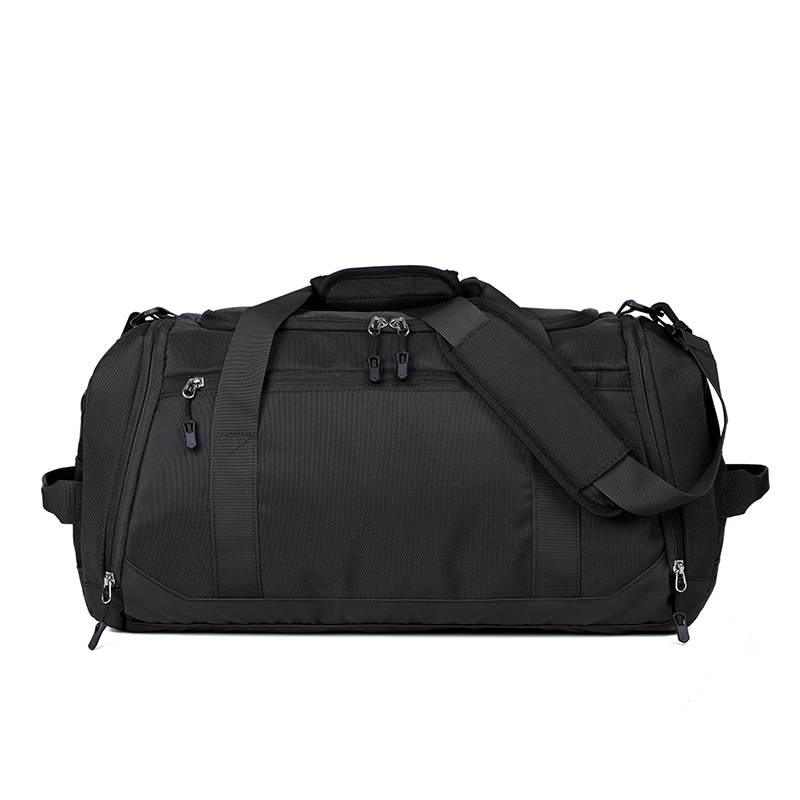The Freight Rate has Stabilized, and the U.S. East Freight Rate is Bullish
2022-07-18 09:09:44
hebei leimande
The Freight Rate has Stabilized, and the U.S. East Freight Rate is Bullish
The freight rate has stabilized, and the U.S. East freight rate is bullish. The shipping company will not consider modifying the contract price.
The Wall Street Journal reported that some shippers were renegotiating U.S. long-distance freight rates and claimed that a major U.S. importer said it had recently reduced rates signed a few months ago by 15% to 20%. All the shipping companies indicated that they would not accept the request to revise the contract. At present, the market freight rate has stabilized, and the freight rate of the eastern US line is still bullish; the large freight forwarding company also said that it has not heard of any revision to the contract.
The general manager of a Taiwan company of an overseas shipping company said that the shipper may deliberately speak out, and shake the confidence of the shipping company, in order to obtain the opportunity to reduce the price, but the difference between the contract price per large container (40-foot container) and the spot market freight rate does not exceed 1,000 US dollars. For the above period of time, it is estimated that shippers will not ask for price reductions, especially large direct customers attach great importance to credit, and the low and long-term negotiated prices last year also made these direct customers take a lot of advantage.
In addition, the contract of a freight forwarding company is different from that of the direct passenger. The proportion of fixed freight rate of the direct passenger is high, and the proportion of floating freight rate of freight forwarding companies is high. Therefore, for a freight forwarding company, whether to revise the contract price has little effect. guest.
A senior executive of a foreign shipping company revealed that each company and each contract have different content. Perhaps a few direct customers had a higher contract price, which was more than $1,000 higher than the spot market freight rate. Therefore, the shipping company was required to reduce the contract. There is a monthly rate in the market, that is, a special price given by the shipping company for one month. Because the market enters the peak season in the third quarter, the market freight rate may rise at any time, especially on the east coast of the United States and the Gulf of Mexico. in serious cases. Long Beach container backlog crosses the red line as delays mount
And right now, the situation in the United States is really worrying! --Truck drivers at the three major ports of Los Angeles, Long Beach, and Oakland West have held strikes one after another! Nationwide freight rail labor negotiations are also facing a deadline, with railroads and unions set to shut down or go on strike Monday if the government refuses to step in. This will exacerbate the container backlog at the Port of Los Angeles/Long Beach, and will further exacerbate port congestion in the eastern United States. (Check the article: Double crit! Truck drivers at three major ports in the United States announce strike! American railroad workers will also strike)
According to industry sources: Except for the normal docks of Mason, all other docks have slowed down.
·The PCT terminal has not given the order to pick up the container (East China COSCO).
·The LBCT terminal will have to wait until the LFD or after the LFD time, and it is already on strike (Yantian COSCO688 route).
·APM terminals are also slowing down and releasing contracts slowly (CPS routes in East China).
·Mason overtime ship will now display AVAILABLE on the official website, but the actual cabinet cannot be picked up. When the cabinet is dragged to the liftable area, the pick-up time is uncertain
The number of container ships waiting around Los Angeles and Long Beach is far from peaking at the moment, but the number of imported containers stranded in Southern California terminal yards is quickly re-approaching peaks. The Port of Long Beach just crossed the red line, with 28,723 import containers stranded at the Long Beach terminal for nine days or more, up 9 percent from October 28 last year. Figures turned positive for the first time since the government announced a scheme to introduce container demurrage charges on Monday, with long-delayed containers up 40% in the past 12 days, largely driven by quay rail containers. The value returned to the level of last October.
The number of stranded containers at the Port of Los Angeles was down compared to October 24 last year. However, the decline had narrowed to 9% as of Monday. There were 33,999 import containers stranded in the port for more than 9 days, an increase of 20% over the past 12 days. Currently, there are more containers stranded at the Port of Los Angeles for more than 9 days than "0-4 days" (33,309) and 2.7 times more than "5- to 8-day" containers (12,421). The last time the number of imported containers stranded in Los Angeles for more than nine days was this high was on November 18 last year. The Port of Los Angeles had a total of 79,729 import containers on Monday, a level not seen since Nov. 9, eight months ago.
Project44 data confirms increasing container hold times at Southern California ports. The average layover time of imported containers at both ports in the latest week was seven days, with a 32% increase at the Port of Los Angeles and a 41% increase at the Port of Long Beach since the first week of May. The last time the numbers were this high was in the first week of December last year. The strike will further aggravate the backlog of containers at the port; in addition, with the upcoming peak season, is it possible that the market freight rate will really pick up?










